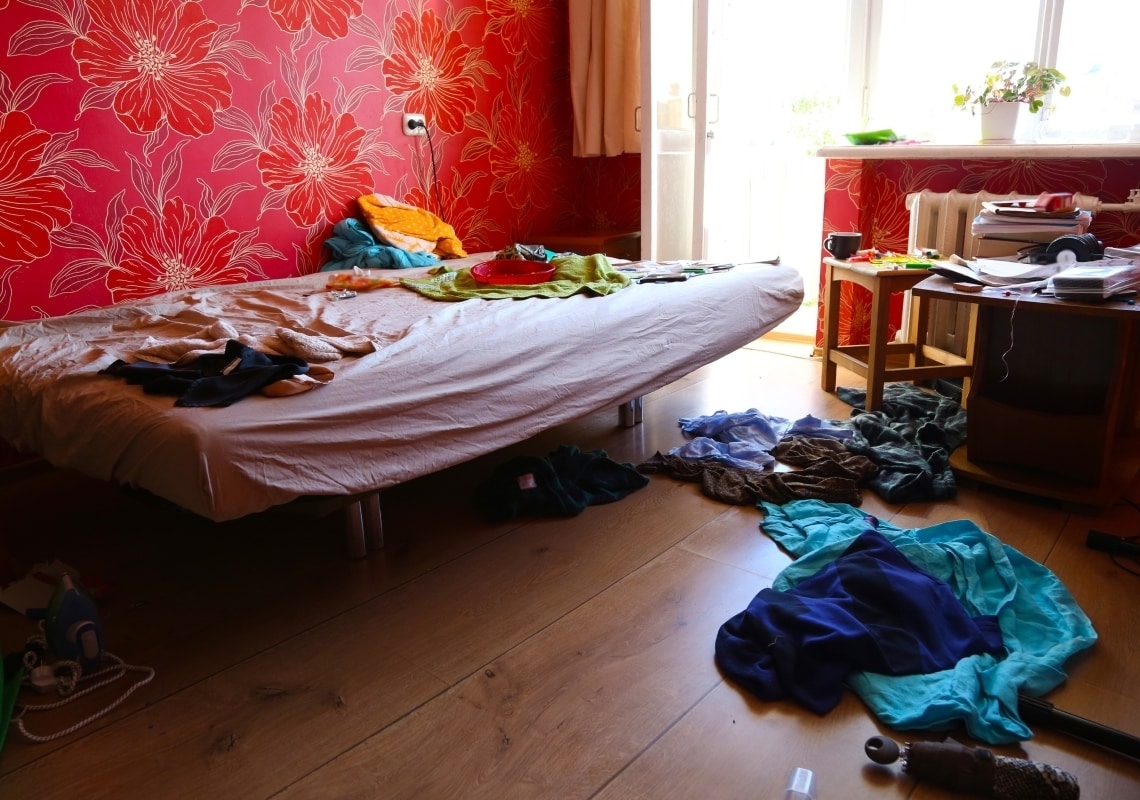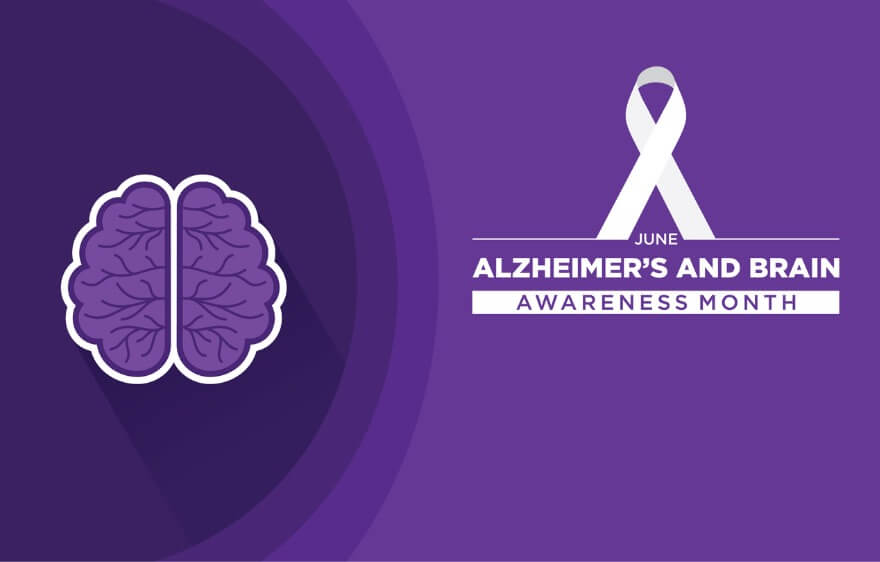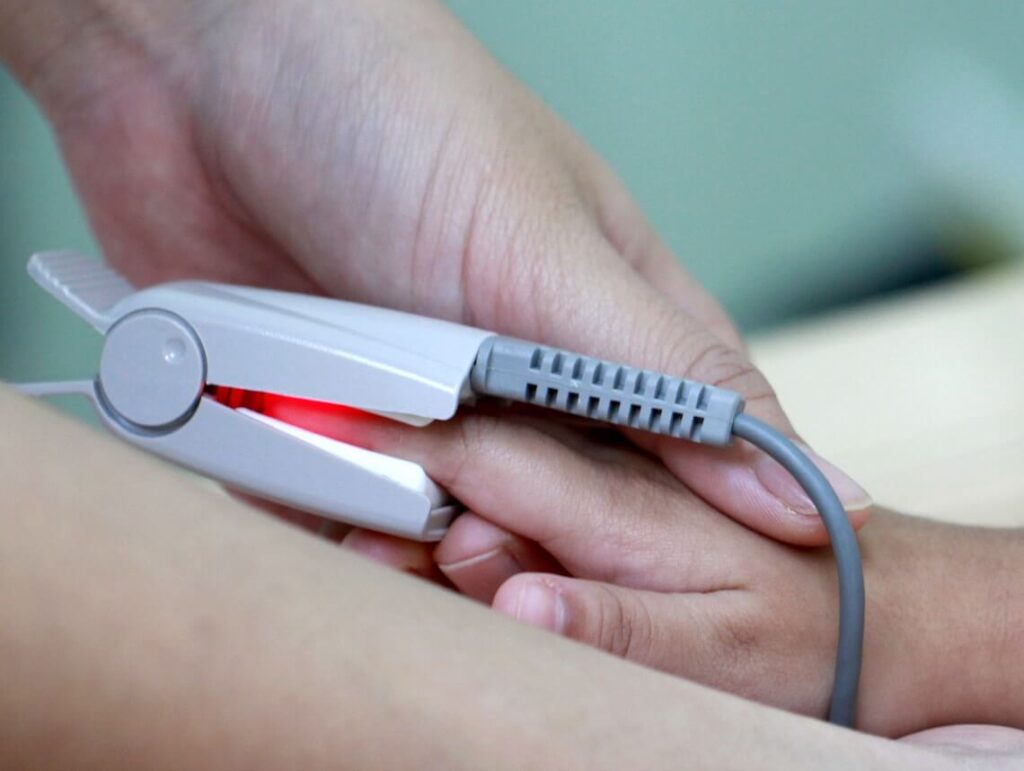Research shows that reducing visual clutter in the daily lives of Alzheimer’s and dementia patients may help them better perform daily tasks and avoid situations that may cause confusion or injury around the home.
During a 2012 study conducted by Georgia Tech and the University of Toronto, researchers found that Alzheimer’s patients and individuals with mild cognitive impairment had difficulty distinguishing between two objects that look similar to one another. Patients were shown various images – some obviously different from one another (ex: different shape and color) – and others were only slightly different (ex: slightly different shape, but the same color). Researchers found the more complex an image was, the harder it was for the patient to tell the difference.
One member of the study explained, “Alzheimer’s patients may have trouble recognizing a loved one’s face, not only because they can’t remember it, but also because they aren’t able to correctly perceive its distinct combination of features to begin with.”
Aside from the idea of reducing clutter to enhance the quality of life for dementia patients, this study’s outcome led to the assumption that memory and object perception may be linked to the same areas of the brain.
What Can You Do for Your Loved One With Alzheimer’s or Dementia?
As defined by the study, visual clutter refers to those distractions (like backgrounds and objects) that may prevent a dementia patient from being able to distinguish one object from another. Generally speaking, the greater the difference between two objects, the easier it is for an Alzheimer’s patient to tell it apart from something else – making it easier to perform certain daily tasks and helping to keep seniors safe (and independent) in the home.
3 Ways to Reduce Visual Clutter at Home
1. Remove carpets and flooring with busy patterns and colors. Visual distractions like these may increase a patient’s fall risk.
2. Replace busy place settings and colorful tablecloths with solid colors and simple designs. This will help lessen distractions during mealtime – making it easy on the caregiver as well as the patient.
3. Reduce confusion and the potential for injury by color-coding certain objects or appliances in your home. (ex: faucet, oven knobs, television remote, etc.)
Contact Care Options for Kids For Alzheimer’s And Dementia Care
At Care Options for Kids, we’re committed to providing quality care to help seniors live safely and more independently in the home. We refer loving and qualified caregivers to provide expert Alzheimer’s and dementia care – from respite services to around-the-clock care. Contact us directly to speak with a home health care professional or Request a Free In-Home Assessment. Together, we can determine the right plan of action for your family.
If you or an aging loved one are considering hiring home health care services, contact the caring staff at Care Options for Kids today. (888) 592-5855.






